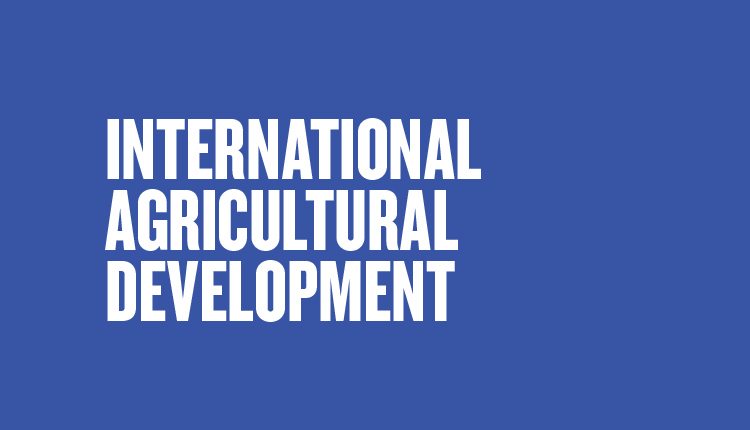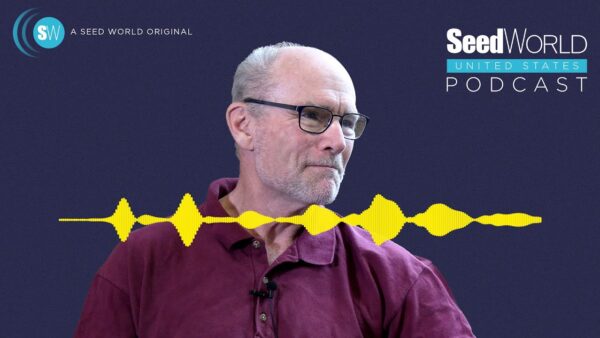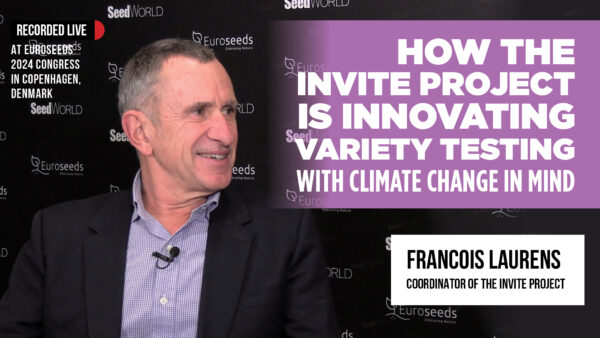In a rush to make a difference, fledgling plant breeding programs in lesser-developed regions of the world might crank out numerous new or “improved” cultivars. But in many cases, the new releases should be better than they are. It’s a poor investment to support the enormous professional and operational costs required to run a “so-so” breeding program.
Common sense suggests the more fundamentally sound a breeding program is, the greater the outcome and the better the investment. But in reality, undertaking development and operation of a plant breeding program under third-world conditions is tough. Breeders are forced to make adjustments and trade-offs along the way. Following a number of airport and windshield discussions with global plant breeding consultant, David Mies of Mahomet, Ill., I’ve had opportunity to ponder this topic.
Fledgling programs tend to turn out a steady trickle of new releases, too many of which are only marginally better, and in some cases not as good, as those targeted for replacement. Small-holder farmer experience with such “improved” cultivars, being less than stellar, might deter future adoption decisions. This works against the efforts of plant breeders, and these farmers may even miss out on the really good releases.
So what are some of the factors that cause this and what can plant breeders do to really improve the cultivars they are releasing?
One tendency is to overstretch the limits of statistical analysis. Breeders are bombarded with an inordinate number of variables, each creating an opportunity for increased data variability. The reliability of results obtained through statistical analysis is greatly affected by how variables are managed. Rationalization or acceptance of inadequate data, results in unworthy releases. It’s important to get the analysis right.
Another contributing factor could be a lack of diversity within the breeding population. The base breeding population defines how much genetic gain can be generated within a program. When well assembled, a foundational breeding population will stand the test of time; however, the initial population must be nurtured, refined and expanded. In diversity lies great opportunity for large-scale genetic gain.
Candidate material may reside in collections owned by companies, government bodies or public entities. The owner holds sway over whom and under what conditions materials might be shared. Be selective with what is entered into the foundational population, and strive to capture diversity and avoid duplicity. But don’t expect to gain access to all materials desired. If committed to making a difference, push the envelope and develop a population that meets program objectives. The larger and more diverse, the better.
Resist temptation to initiate boots on the ground activities too quickly. Create combinations, make selections and conduct yield performance trials only after having capability to draw upon the strength provided within a large highly-diverse population.
While these objectives are fundamental, plant breeders must overcome unimaginable hurdles, by U.S. experience. These include working within the parameters of few or only one breeding station; extreme degrees of variability in nursery fields; and target area environments that significantly differ from that of breeding station environments. Other challenges related to environment include an insufficient number, or total absence, of testing locations within a given target area and target area environments that span multiple agro-climatic zones.
Another hurdle is the inability to capture the data generated so as to assure timely analysis. Personnel or transport availability during critical periods, insufficient technical training, inadequate computer capabilities, non-existent or unreliable internet connectivity, fuel shortages and security concerns are all standard fare. Not only must multiple hurdles be overcome, but they also often pop up simultaneously.
It’s a numbers game. In each target area environment, maximize the number of combinations subject to evaluation per generation, while minimizing the time between generations. Progeny must be critically observed and evaluated, and nothing but those cultivars that exhibit validated levels of genetic gain should be moved forward for multiplication. Only at this point should a cultivar be released as being new or improved. Assembly of a large, genetically-diverse breeding population is the first step to this end.













